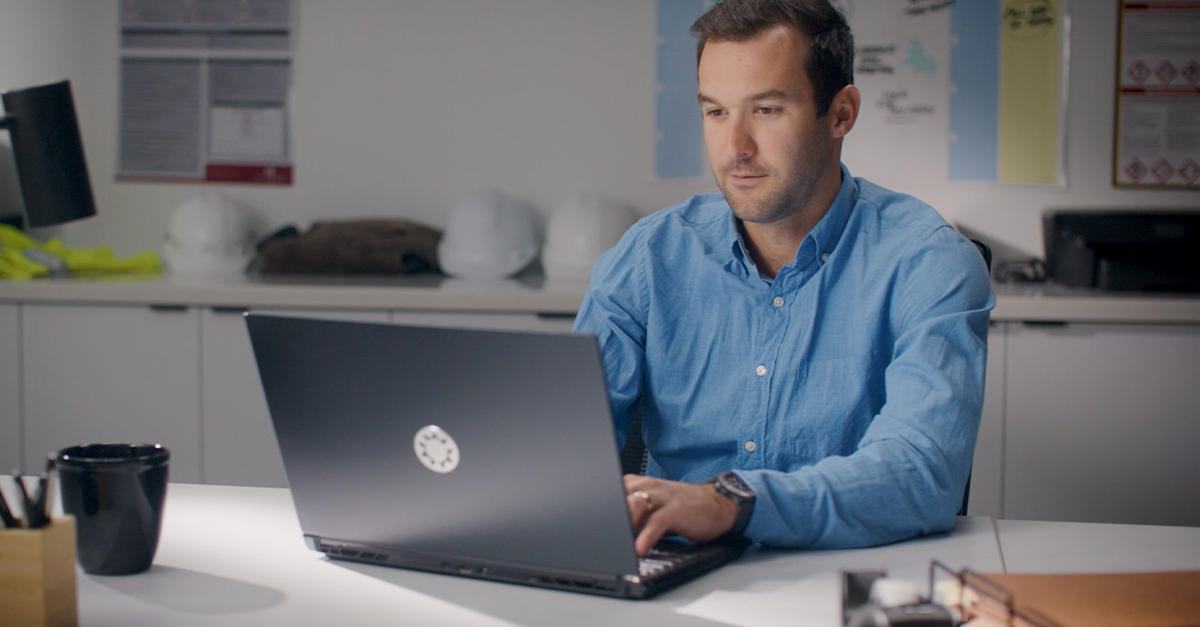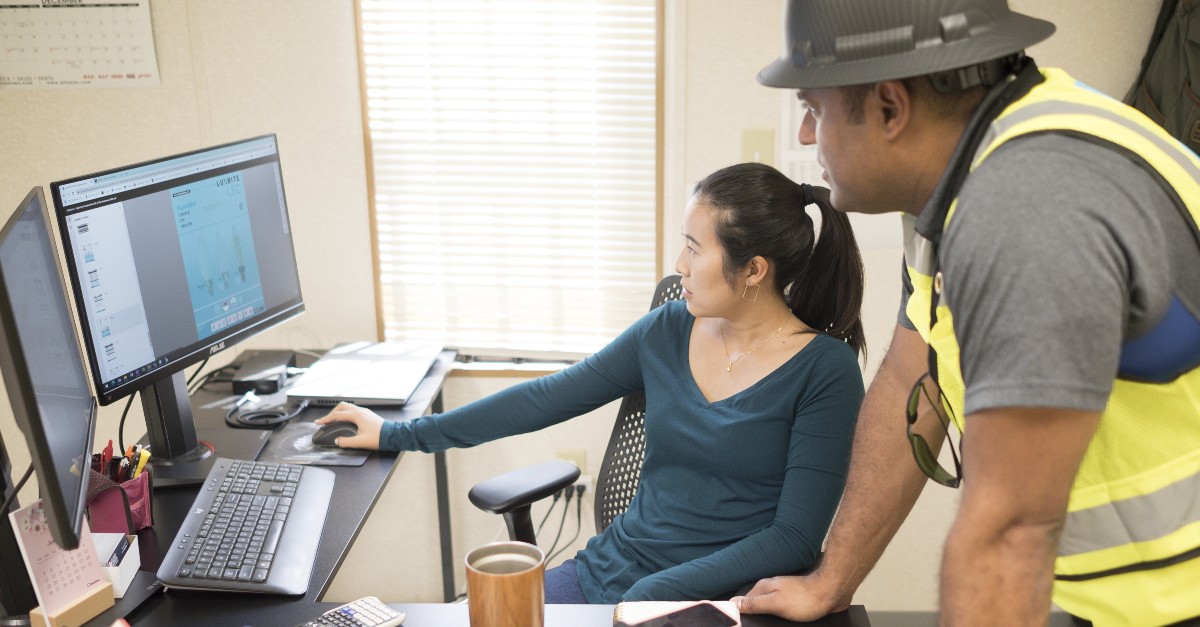Making the construction industry accessible for all

Companies prioritize diversity and inclusion, as hiring people from different backgrounds leads to well-rounded culture and better business outcomes. Construction has made strides in diversification, but it has a long way to go.
The built environment’s workforce has stayed homogenous. How can your construction company be accessible to everybody? Here are the top challenges to overcome and how to take steps toward inclusion.
What Obstacles Does Construction Face?
According to the Bureau of Labor Statistics (BLS), the construction industry remains at 89% men to 11% women. If you look at it by race, the sector is 87.3% white, 34.2% Latino, 6.7% Black and 2.1% Asian. The BLS reports the median age of workers is 42.4, with around 43% of the workforce 45 years and older. The sector faces diversity issues in gender, race and age, which challenges its future.
The Great Recession caused many to leave the industry. A decade later, construction took another hit from the COVID-19 pandemic. Associated Builders and Contractors projects the building sector needs to hire an additional 546,000 workers to keep pace with modern demand. The workforce is aging, so you must diversify and attract new talent.
Some construction companies have started to hire more women, but they face issues with harassment and discrimination in the workplace. An Institute for Women’s Policy Research (IWPR) study finds that 44% of women in construction have seriously considered leaving the industry. Nearly 25% say they frequently face sexual harassment on the job.
Why Should Construction Companies Diversify?
Retirements have affected numerous industries like construction and aviation. Early retirements have also taken a toll because they widen the gap in labor shortages. Fewer workers lead to slower projects and supply chain backlogs, and contractors and subcontractors have felt the pressures from high consumer demand. The need for diversity has never been more significant for these four reasons.
Attracting Talent
Construction companies must prioritize diversity because it attracts more talent. A Glassdoor survey shows that 76% of job seekers today want to see a diversified workplace. Inclusion is among the top priorities when deciding what company someone wants to work with. Diversifying your hiring pool is an excellent idea because it gives you more opportunities to make the best hires and keep your business fresh.
Retaining Employees
Diversity is critical for getting your employees through the door, but it also matters in retention. Workers who see others who look like them gain a sense of comfort and belonging. An Associated General Contractors of America report finds that 65% of employees say they’d leave their job if they experienced exclusive behaviors by others.
Employee retention is essential for building a culture and a family-like atmosphere. Having the same workers for years breeds invaluable skills like leadership and mentorship of new talent. Continuity means you’ll also spend less time and money on hiring, training, placing job postings and more.
Workplace Safety
Diversity also favors a critical part of your company: workplace safety. Construction is a dangerous field with numerous opportunities for injuries. The National Safety Council ranks the construction industry fourth in death rates behind agriculture, mining and transportation. Diversity promotes safety.
The AGC Report shows that diversity and inclusion improve safety where accidents can be fatal. Workers who feel excluded from their colleagues are more likely to experience psychological and emotional stress. Therefore, the likelihood of accidents in your workplace increases.
ESG Scores
Investors are increasingly emphasizing environmental, social and governance (ESG) scores. These metrics track your company and its sustainability, diversity and inclusion efforts. Many companies use the Morgan Stanley Capital International (MSCI) rating for ESG risks and opportunities. Construction businesses with diverse management and board members will likely receive a higher ESG score. Thus, your company will become more attractive to potential investors.
How Can Construction Be More Inclusive?
Diversity and inclusion should be priorities for your company. How can you create meaningful change? These five strategies demonstrate steps to foster a welcoming atmosphere for all.
Starting at the Top
Leadership starts at the top. A company’s president, board and management teams reflect its mission and what it stands for. Add more women and people of color to these roles and see your company thrive. Diversifying your leadership goes beyond moral responsibility — it also helps with profit. A Great Place to Work study finds that diverse companies averaged 14% in gains during the Great Recession while many others saw losses.
Implementing Technology
Technology has come a long way in construction, making the industry safer and more accessible to different backgrounds. For example, building information modeling (BIM) software allows you to model a structure and ensure its safety before breaking ground.
Recruiting younger people should be your priority, especially with early retirements in the industry. Using technology is an excellent recruitment method in construction because people entering the workforce today are digital natives. They’ve grown up with and embraced it.
Finding Minority-owned Suppliers
Diversity is vital in hiring, but it doesn’t have to stop there. It’s also important to see it in companies you work with. Hiring minority businesses and subcontractors lifts these organizations and provides new opportunities for your company. Working with diverse people in construction helps you find untapped markets and develop relationships with new customers.
Reaching Out to Schools
Education is often an obstacle for minorities. Socioeconomic factors can lead to fewer opportunities for college or another post-secondary option. Your construction company can bridge the gap by partnering with high schools, vocational schools, community colleges and other educational institutions by speaking to the students. You can network at career fairs, teach classes and offer internships to interested students to get them started early.
Examining Pay Gaps
Another concrete way to advance diversity in your company is through salaries. Race and gender pay gaps still exist despite efforts to improve. In 2021, women in construction and extraction jobs only made 79 cents for every dollar their male counterparts did. The 21-cent gap adds up to hundreds of dollars annually.
Moving Construction Toward Inclusivity
Diversity and inclusion are the names of the game for today’s workforce. Employees demand to see diversified staff or may look elsewhere. However, diversity and inclusion offer more than improved moral values. They can help your construction business retain talent, improve safety and fill the gaps amid a labor shortage. Take steps to move construction toward inclusivity.

 Rose Morrison •
Rose Morrison • 


















